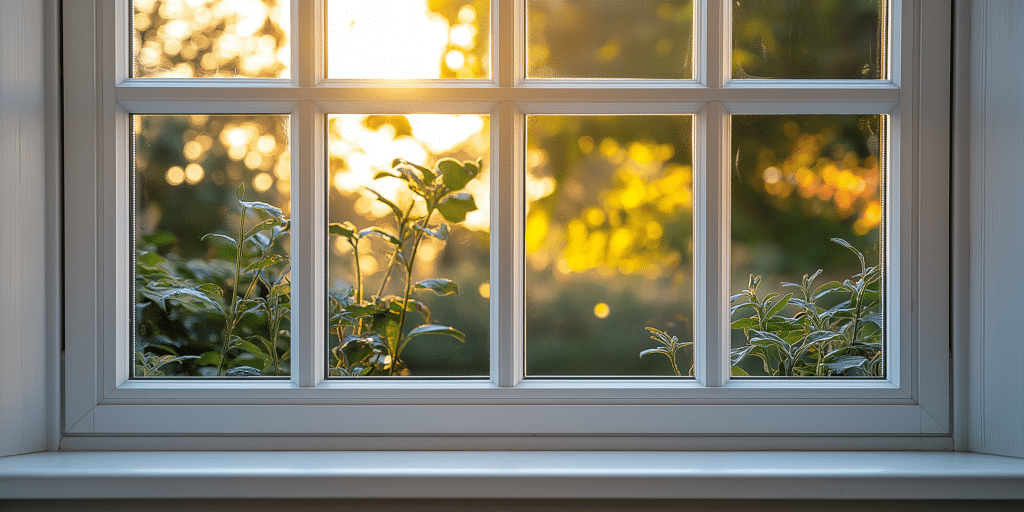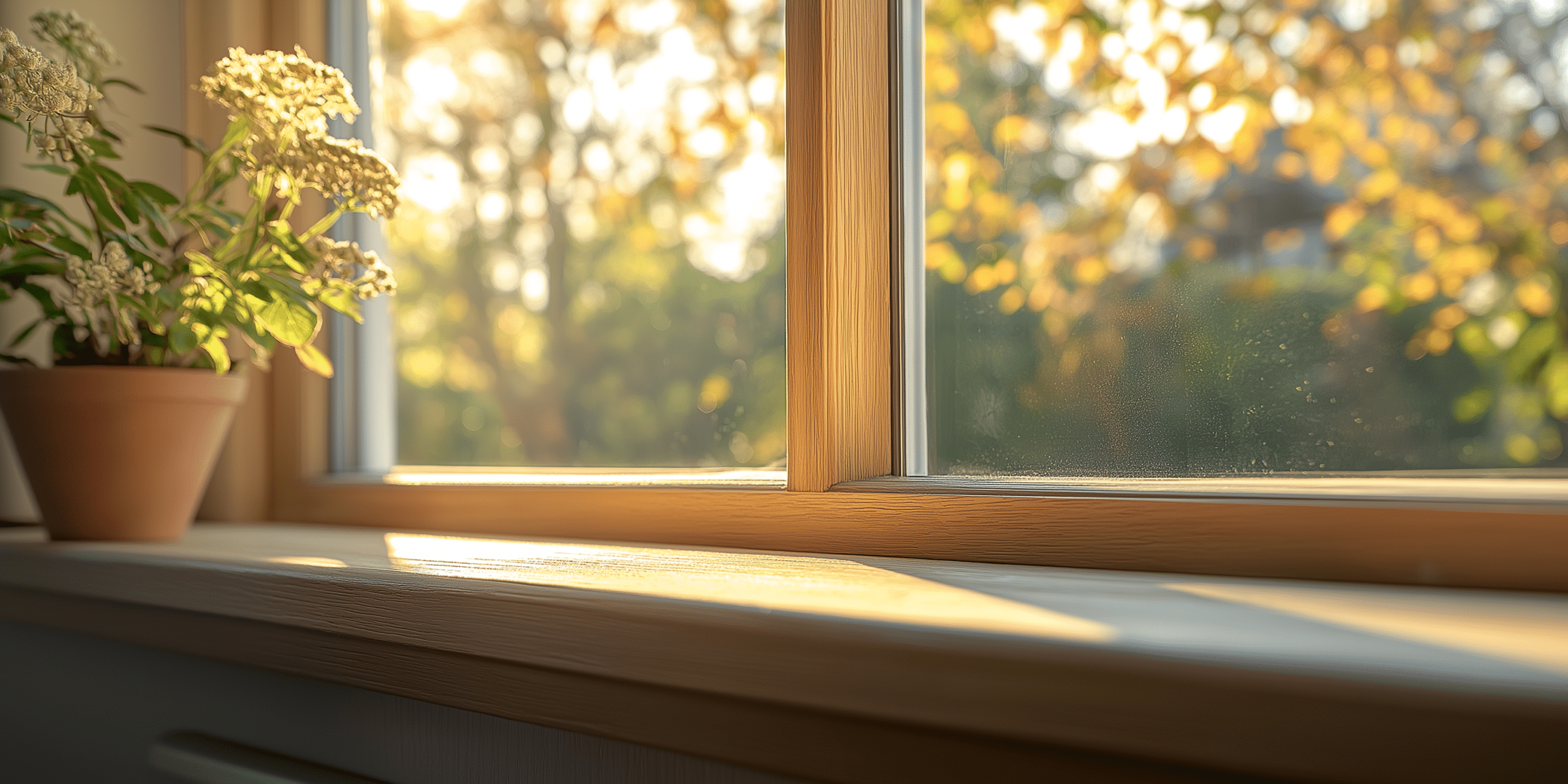How to Repair Sash Window Corner Joints

Sash window corner joints are vital to the structural integrity of the sash window frame. One of the most common signs is a loose or creaky sash, often accompanied by drafts and poor insulation. In many cases, homeowners can handle basic repairs with the right tools. You will typically require wood glue, sash clamps, a mallet, and sandpaper. For more complex issues, such as joint misalignment or severe wood rot, professional help is recommended.
Mortise and tenon joints are the gold standard in sash window construction due to their strength and durability. No other type of joint comes close in terms of the ability to withstand the rigours of weather and long-term use.
Types of Sash Window Corner Joints
Understanding the types of sash window corner joints is critical for effective repair or restoration. The primary types include mortise and tenon joints, dovetail joints, and butt joints, each with unique properties and use in sash window construction.
- Mortise and Tenon Joints: These joints are prevalent in traditional timber sash windows due to their superior strength.
- Dovetail Joints: Known for their mechanical strength, dovetail joints are a hallmark of Victorian sash window construction.
- Butt Joints: Although simpler and more cost-effective, butt joints are not as durable as their dovetail and mortise counterparts.
Incorporating mechanical joints into uPVC sash windows not only retains the heritage aesthetic but also improves thermal performance without sacrificing the authentic look.
DIY vs. Professional Sash Window Joint Repair
Should you attempt a DIY sash window repair, or is it better to hire a professional? This decision largely depends on the damage’s severity and your skill level. DIY repairs are often cost-effective for minor issues like reapplying putty or replacing draught-proofing strips. However, professional help is advised for more complex repairs, such as corner joint misalignment or severe wood rot.
Timber sash windows require periodic maintenance, especially in the corner joints, as water infiltration can cause the joints to expand and loosen, leading to deterioration.
Common Issues with Sash Window Corner Joints

Rot and moisture damage are the most frequent culprits, particularly in older timber windows. Early signs of rot in sash window joints include discolouration, softening wood, and flaking paint. Cracks in the wood and loose joints are common issues that compromise the window’s structural integrity.
Mortise-and-tenon joints in sash windows are essential for maintaining structural integrity, especially in exterior windows that face severe weather conditions.
How to Identify Signs of Joint Damage
Look for gaps, cracks, or loose joints around the frame. Gently press against the sash window frame to check for movement or creaks. Damaged joints often lead to drafts, poor insulation, and water leakage, diminishing the window’s energy efficiency.
Modern uPVC sash windows, particularly those with mechanical or welded joints, often achieve an “A” rating for energy efficiency due to their airtight corner joints.
Tools and Materials Needed for Sash Window Joint Repair
The essential tools include wood glue, a mallet, clamps, and sandpaper. Specific tools such as mortise chisels and corner clamps are often needed for precise repairs on complex joints like mortise and tenon or dovetail joints.
The use of mechanical sash window joints in uPVC constructions means that we can replicate traditional designs without compromising on energy efficiency and ease of maintenance.
Step-by-Step Guide to Repairing Sash Window Corner Joints

Begin by cleaning the joint and removing any loose debris or old glue. Lightly sand the joint surface to help the glue adhere effectively. Most wood glues require 24 hours to cure, so keeping the joint clamped during this time is crucial.
Handcrafted mortise-and-tenon corner joints, with precise millwork, are crucial in ensuring that sash windows retain their smooth operation and alignment, even after years of use.
Final Thoughts: Maintaining Your Sash Window Corner Joints
Regular inspection and maintenance can significantly prolong the life of your sash windows. Keeping the window frame clean, regularly checking for signs of rot or wear, and reapplying protective coatings such as varnish or paint can prevent major repairs.
Using mechanical jointing, especially in sash window corner joints, not only bolsters security but also preserves the traditional aesthetic many homeowners value.




